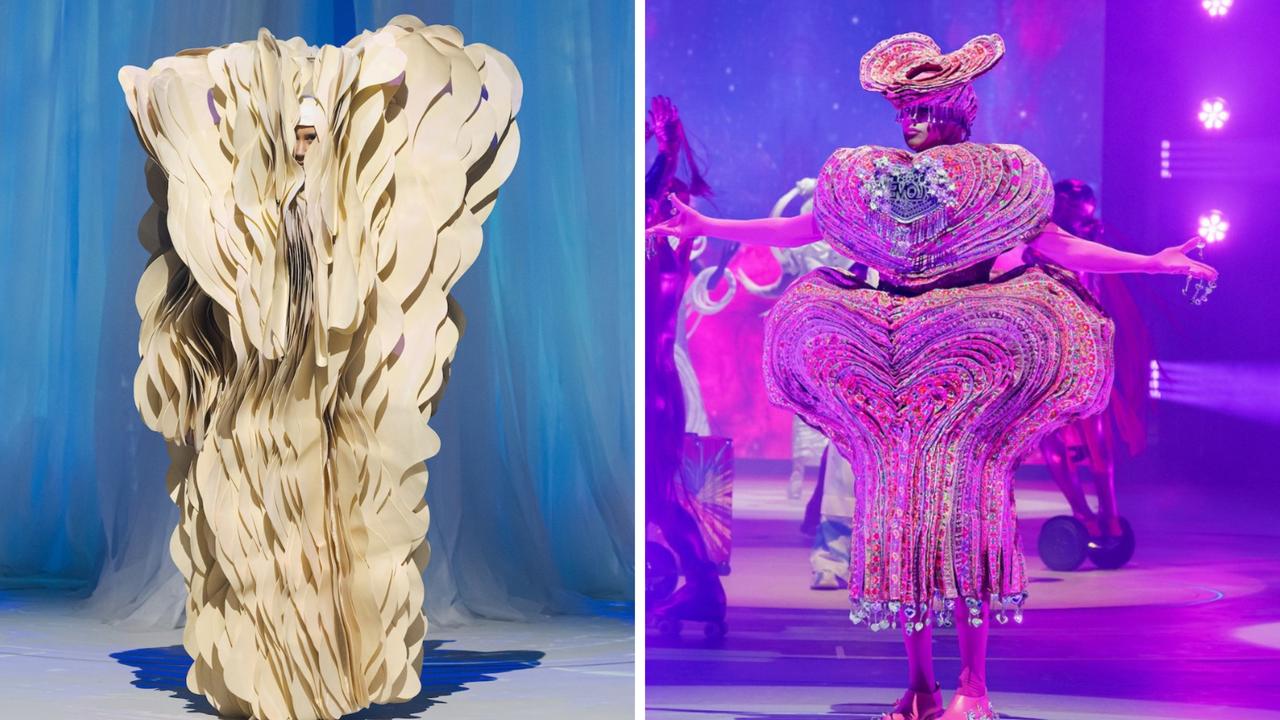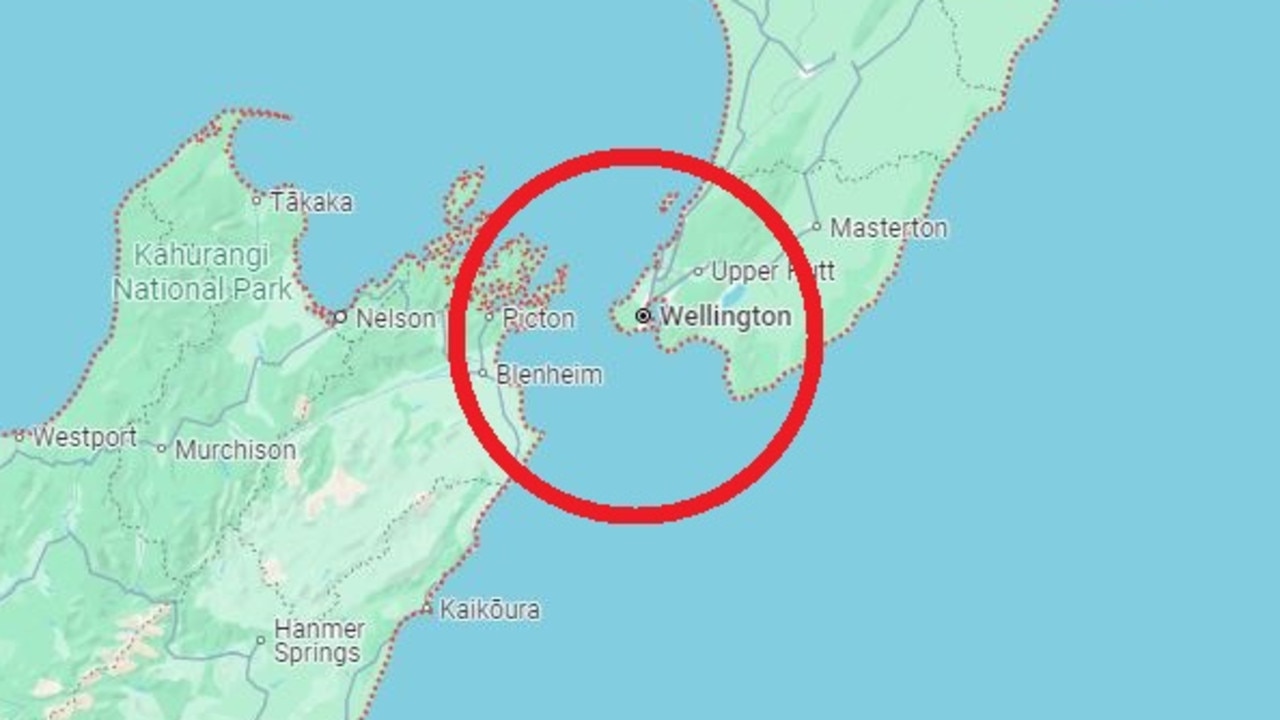The truth about New Zealand’s North Island
New Zealand’s North Island has plenty for every traveller — having bounced back from one of the most expensive disasters in the region’s history.
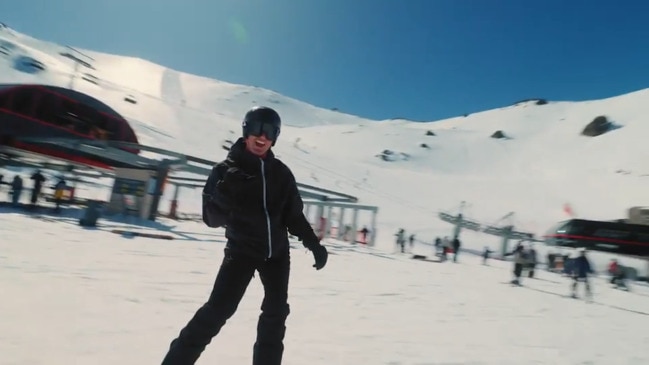
In 2024, we are all both blessed and cursed with more choice than ever before.
From our Netflix watch queue to the type of food we want to eat, we’re bombarded with options, but rarely any solutions.
But when it comes to travel, Australians should look no further than our neighbours across the ditch in solving our travel conundrums.
When I look for a holiday, I look for maximum relaxation. For others, it’s all about the beach or snow, some want adventure, some want to be wined and dined, and the list goes on and on.
Recently, I was lucky enough to spend a week in regional New Zealand, travelling between TaupÅ, Hawke’s Bay and TairÄwhiti Gisborne – three cities in the middle of the North Island.
And what I saw was three completely distinct regions a stone’s throw away from each other — and you’d hardly even know it was the epicentre of the costliest tropical cyclone in Southern Hemisphere history just over 12 months ago.
Hawke’s Bay: Foodie mecca forged in disaster
If New Zealanders – and especially Napier – know anything better than most, it’s disasters.
It’s a city literally forged by disaster.
In 1931, Napier was a small almost island, connected by thin land and sand bridges to the mainland surrounding the Ahuriri Lagoon, which covered about 40 square kms.
Then the earthquake hit.
On the late morning of February 3, 1931, Hawke’s Bay was rocked by a 7.8 magnitude earthquake – equivalent to 100 million tonnes of TNT – flattened most of the city and started fires that burned nearly out of control, destroying most of what was left.
256 people died in the earthquake including 161 in Napier, which remains today the country’s deadliest natural disaster.

It was an earthquake so big the coastal areas of Napier were raised by up to two metres, draining much of the lagoon and turning the sea bed into dry land.
There were reports at the time the tremors were felt in Timaru on the South Island, over 700km away.
And it’s the land that Napier currently sits on.
Other cities may look to move on from the disasters of the past, but in Napier, the disaster has shaped the city in more ways than just its footprint.
Despite being during the Great Depression, Napier quickly rebuilt itself in the style that was popular at the time.
Between 1931 and 1933, 111 new buildings were constructed in the heart of the city in the Art Deco style.
Today, Napier is known as the Art Deco capital of the world, even holding an annual Art Deco festival each February, drawing around 40,000 participants to the region.
Although some modern buildings have moved in, the heart of the city has retained the style and become a calling card to the rest of the world.
It’s an example of the resilience of the nation, one that it’s had to lean on in recent times as well.
In February 2023, Tropical Cyclone Gabrielle devastated the North Island of New Zealand, as well as parts of northern Australia and Vanuatu.
But it was New Zealand that copped the brunt of the disaster.
Eleven people died – eight in Hawke’s Bay – as the damage bill was forecast at $NZ13.5bn ($A12.5bn), the costliest tropical cyclone on record in the Southern Hemisphere.
The Hastings District, which is about 20 minutes away from Napier, suffered about $NZ2bn ($A1.86bn) worth of damage alone.
The city was cut off for weeks as the damage hit the city hard.
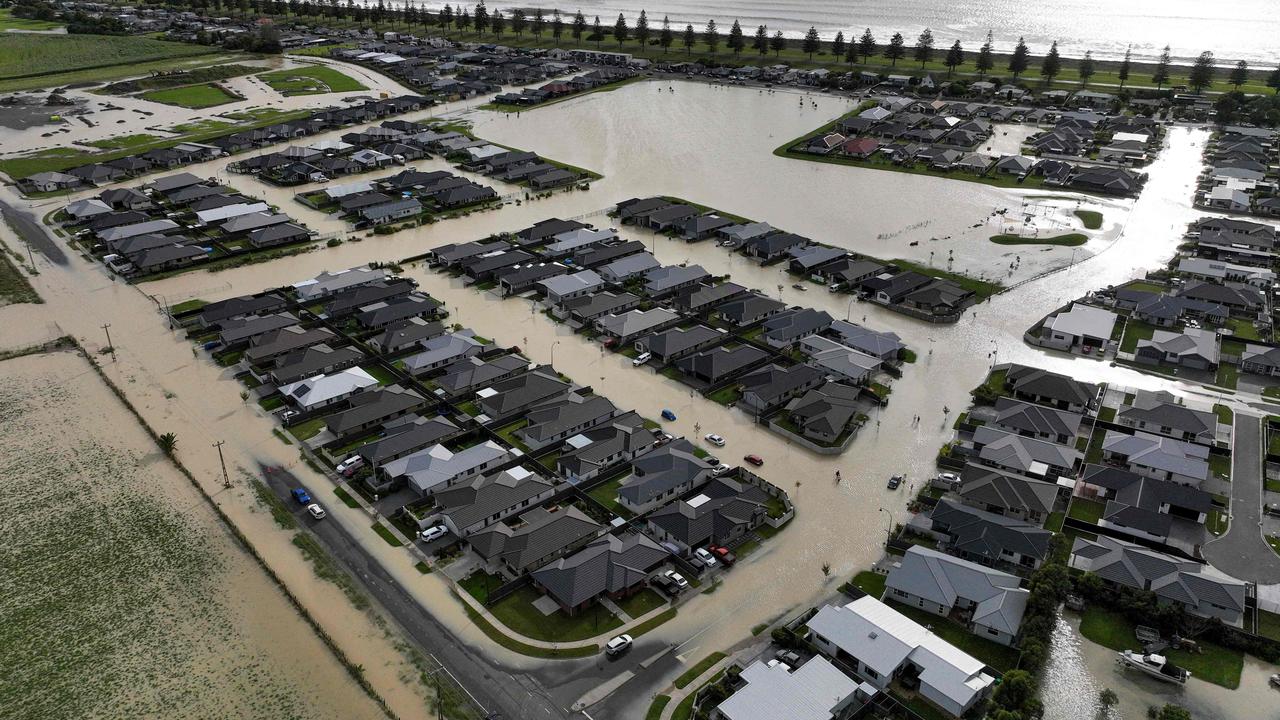

But just over a year later, as you drive into Hawke’s Bay, the scars of the horrific disaster are few and far between.
A tree graveyard about 20 minutes out of Napier and some roadworks as the region returns to all but normal are the only external scars you’d see coming into the city.
My guide on a Vintage Car Tour around the city, John, said that the tourism had bounced back over the past year.
And it’s not hard to see why.
The city’s world-famous Art Deco Festival, which was cancelled during the Covid pandemic, was set to return right before the cyclone hit, was cancelled again as the cyclone hit, with organisers needing to send handwritten notes as any connection to the outside world was cut off.
But it was back with a bang in 2024 as thousands flocked to the return of the event.
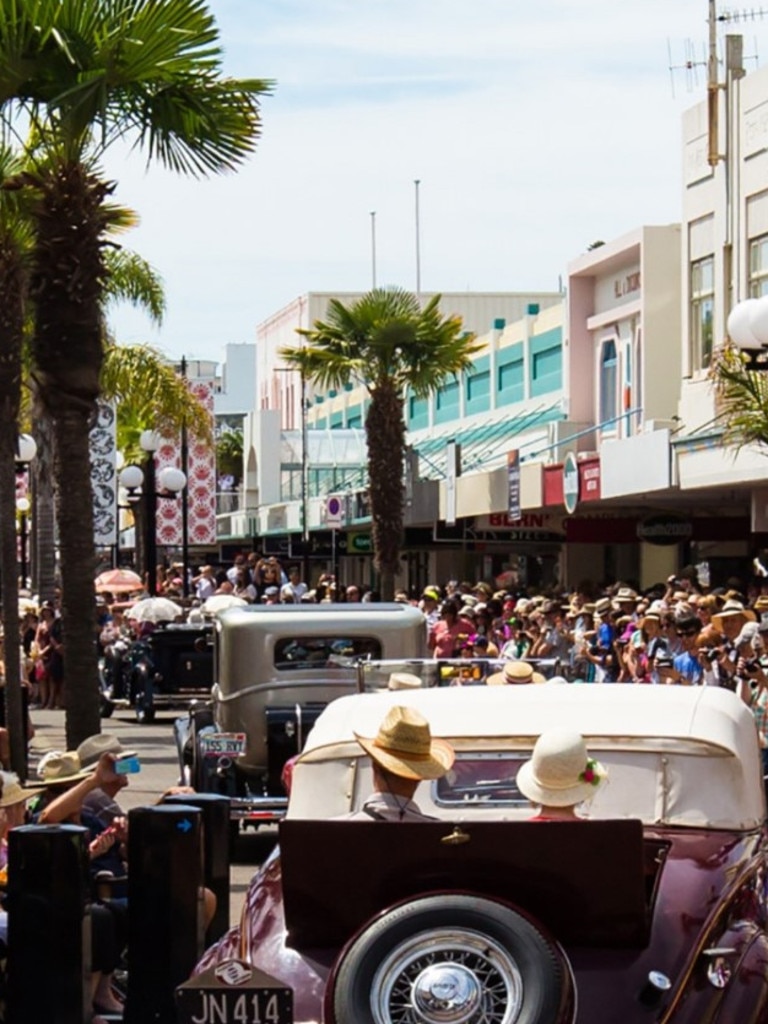
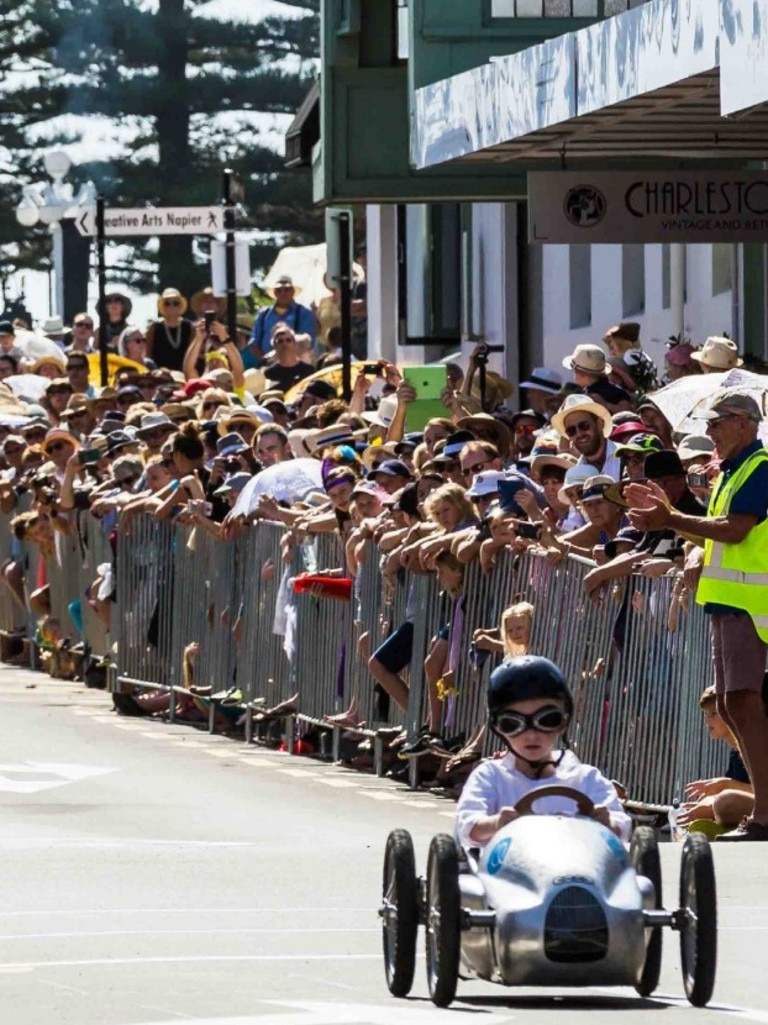
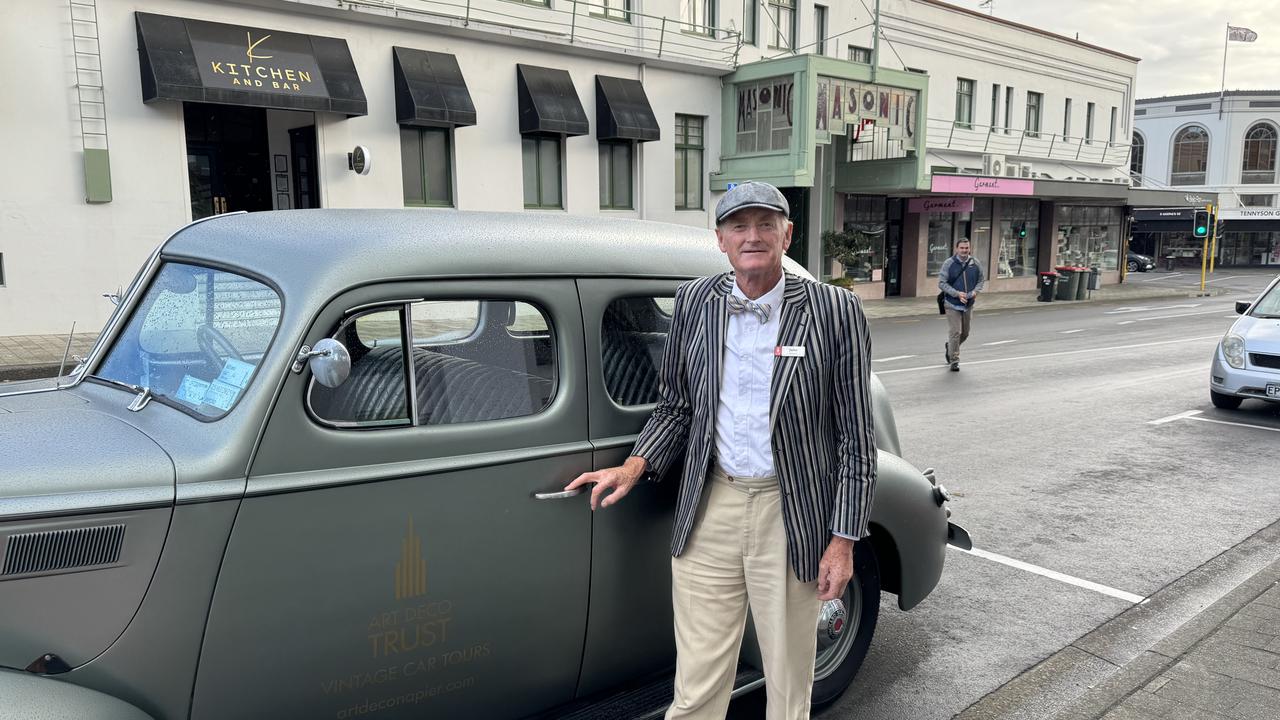
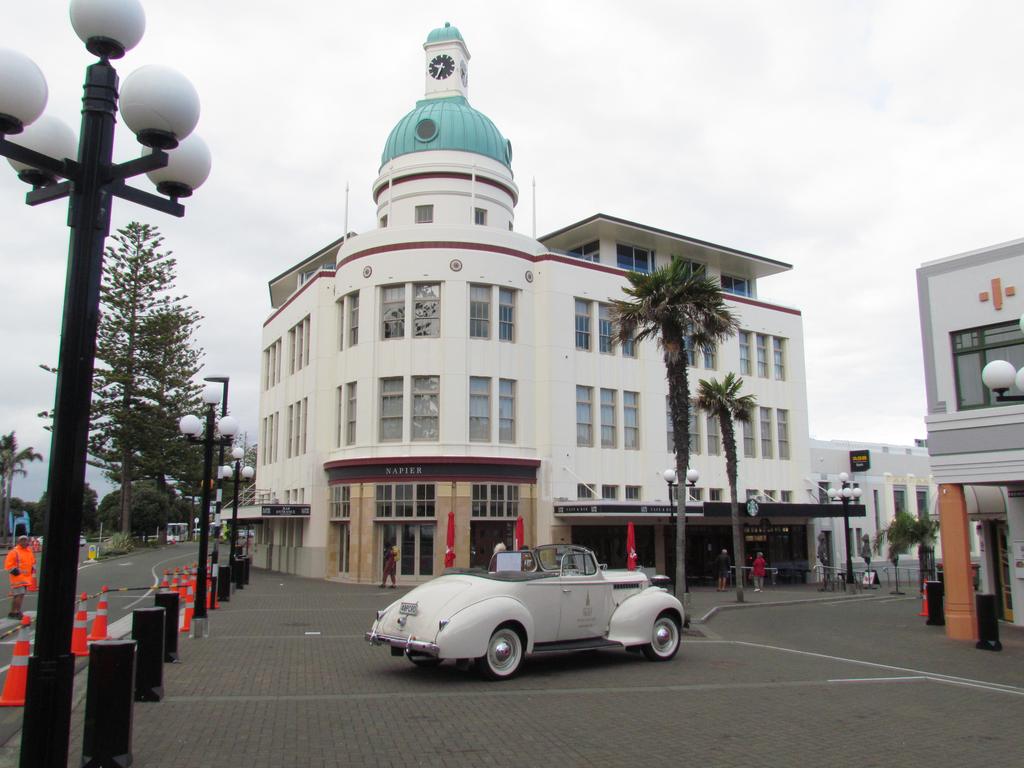
While the pastel colours of the architecture will bring fans of the style or those looking to a throwback more and more scarcely seen, many more will come to the region for its other great calling card – wine and dining.
Hawke’s Bay is a mecca for wine connoisseurs with some of New Zealand’s best wineries calling the region home.
In 2023, Hawke’s Bay was named a Great Wine Capital of the World, joining the likes of France’s Bordeaux, Napa Valley in San Francisco and Adelaide in Australia among others on the exclusive list of just 12.
But Hawke’s Bay is also the second biggest winegrowing district in New Zealand with more than 35 cellar doors.
Arguably the jewel of the region’s winegrowing crown is Craggy Range.
Established in 1998 in the shadow of the Te Mata Peak, Craggy Range was named The Real Review’s Top Winery of New Zealand for 2023 and had previously ranked in the top four since the list was founded in 2018.
For the record, there were four Hawke’s Bay wineries in the top 10 of the list.
Even though I’m not the most discerning of wine connoisseurs, there’s no better way to increase your interest in the subject than learning off those who know everything about subject.
And if you want to know the difference between Australian and New Zealand wines, our guide at Craggy Range said the wines are just like the people: “Aussie wines are big, brash and in your face, while New Zealand wines are friendly, laid back and approachable”.
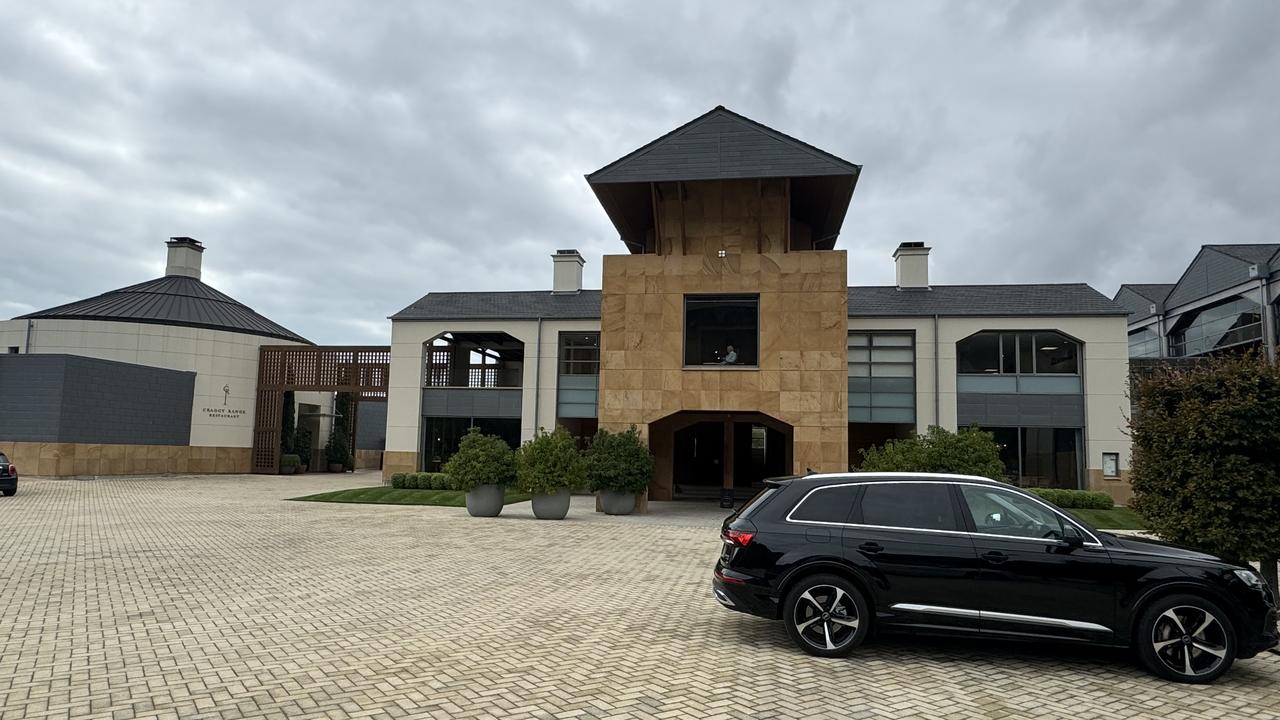
But wineries aren’t the only culinary draw for Hawke’s Bay as my trip also coincided with the annual Food And Wine Classic, or FAWC (pronounced fork), bringing together some of the best chefs and mixologists from around the country.
Generally held in June and November, the event was pushed to March after the cyclone as events rushed to get back on the calendar.
I was able to catch two of the up to 30 events held around Hawke’s Bay over the week.
On the first night, I and nine other foodies, some even travelling from Australia for the event, were treated to an incredible meal from Chilean-born chef Guilio Sturla at Teresa Cocktail Bar.
Along with Andrea Marseglia, who took out the title of Australia and New Zealand’s most sustainable bartender in 2023, and his team pairing cocktails for each of the five courses, it was an incredible meal that may well ruin all who attended for food forever.
Sturla, who runs the MAPU Test Kitchen in Lyttelton just outside of Christchurch, is a true artist, using foraging techniques to create tastes and textures that defy belief.
Over five courses, Sturla delighted us with Magic Noodle made from bananas, watermelon meat that had the texture of meat but the taste of watermelon (and sent my tastebuds through a trip), eye fillet with porcini mushrooms in a black persimmon and black garlic sauce, and topped off with apricot gnocchi for desert.
Paired perfectly with cocktails for each course expertly made by Marseglia and his team, it was a meal and experience.
On night two, it was a collaboration between The Supernatural Wine Co. and Central Fire Station head chef Sam Clark for an elevated twist on the classic Kiwi BBQ.
They are just some of the collaborations that make FAWC a must for any foodie’s bucket list.
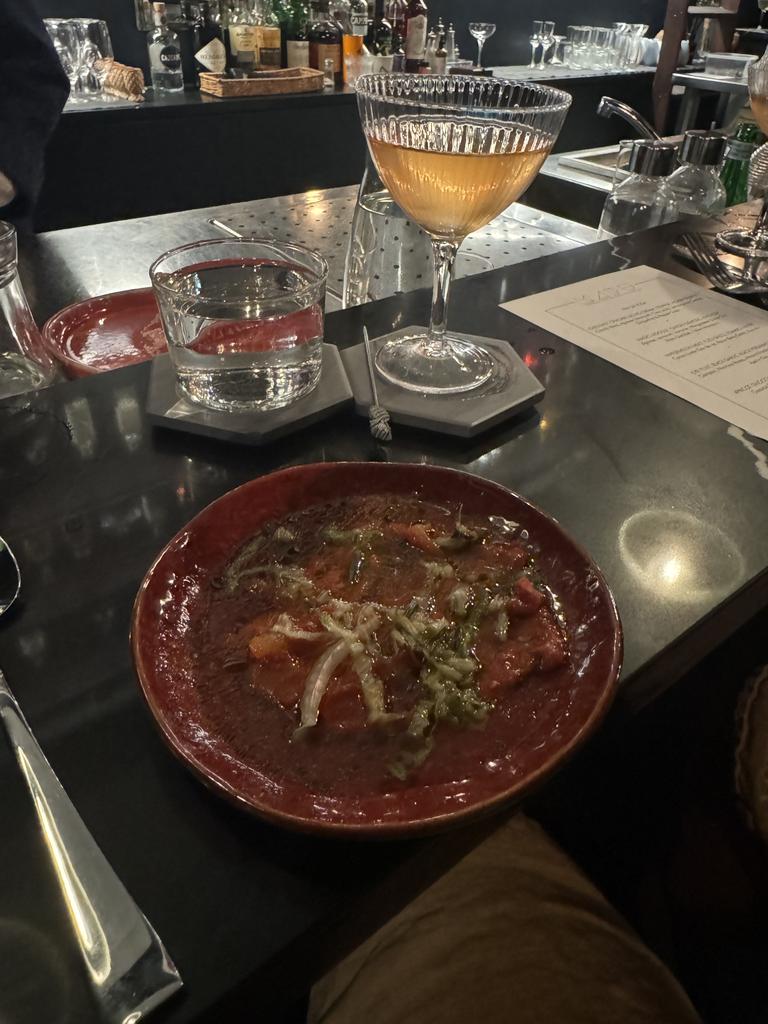
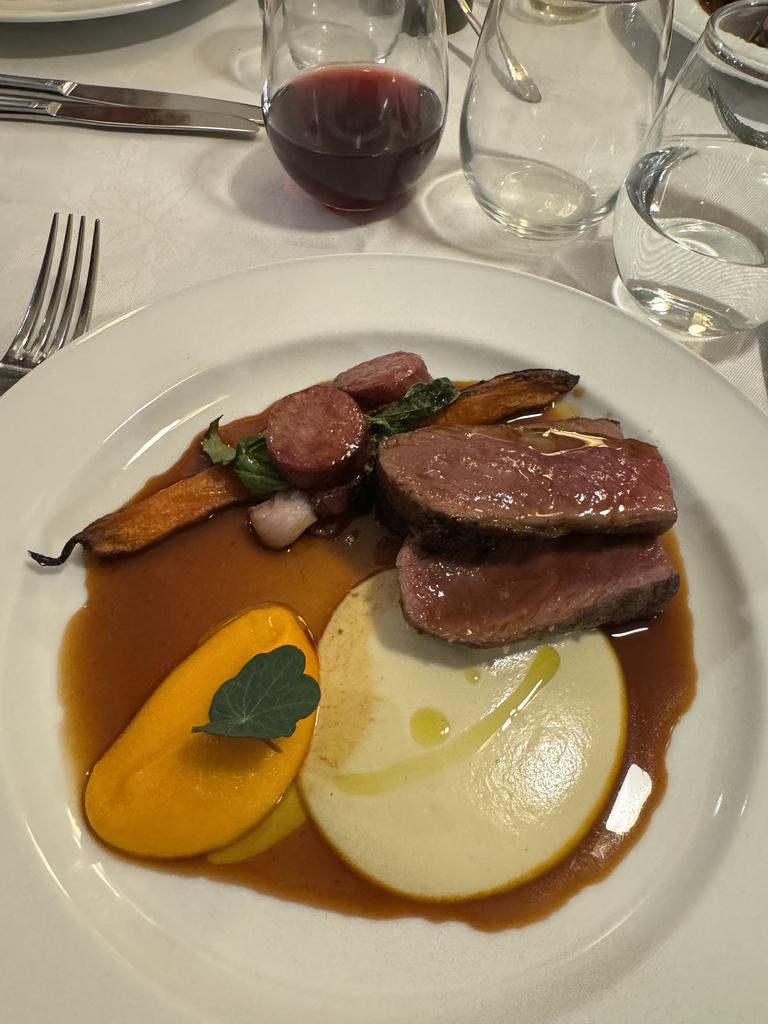
TaupÅ: North Island’s adventure capital
When Australians think New Zealand, there’s two things that come immediately to mind – Lord of the Rings and Queenstown.
Queenstown has become a tourism mecca in New Zealand, having surged in popularity for its adventure and ski tourism. And as its popularity has grown, it’s also become one of the most expensive cities in New Zealand.
But nestled in the heart of the country is TaupÅ, a hidden gem that’s quickly becoming the Queenstown of the North Island.
Almost shaped exactly like a heart and sitting right in the middle of the North Island, Lake TaupÅ is a 46km across and is roughly the size of Singapore.
The lake was formed in the caldera of a supervolcano eruption over 25,000 years ago. Known as the Oruanui eruption, it is the world’s most recent supervolcanic eruption.
And it’s still active.
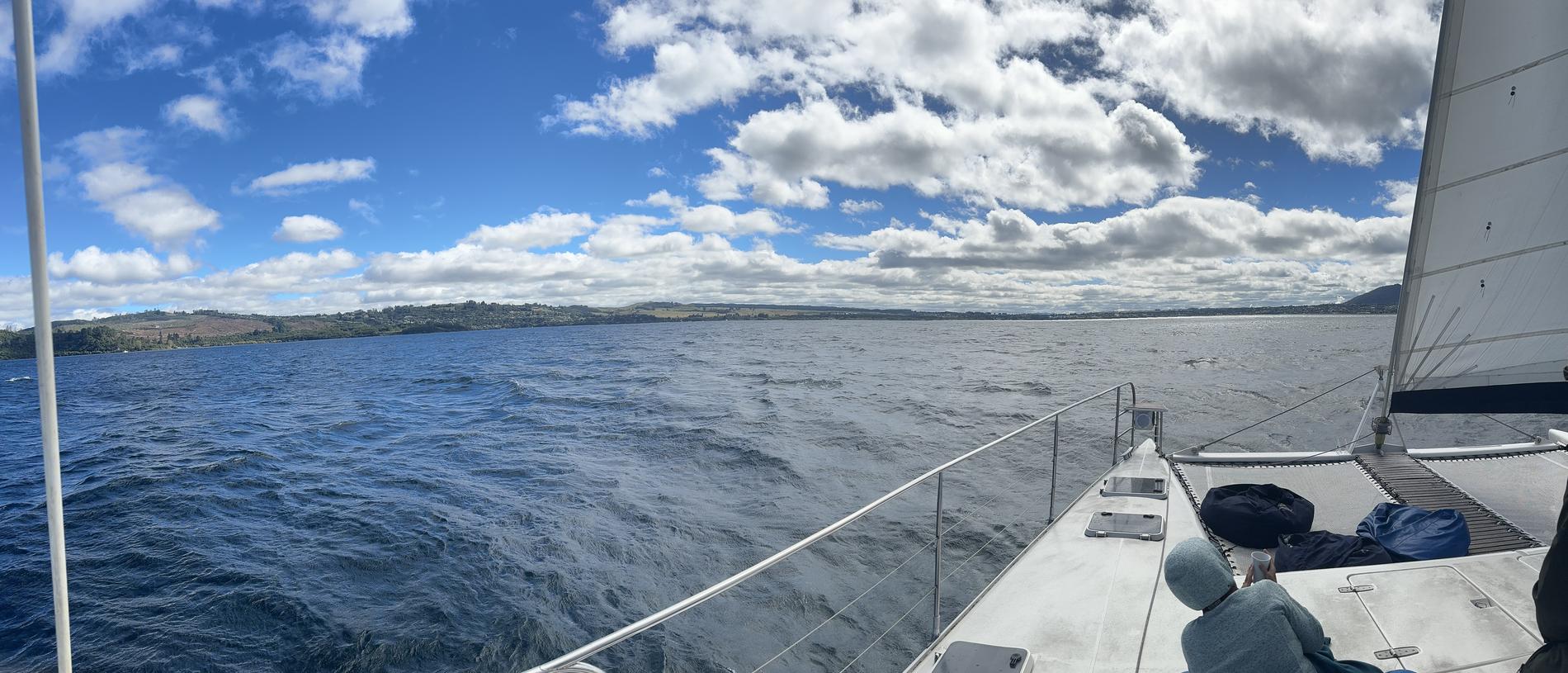
In 2022, scientists raised the alert level for the TaupÅ supervolcano after 700 earthquakes were recorded in the area between May and September 2022.
But don’t let that scare you off as TaupÅ offers the best of all walks for travellers.
While there are events such as the Supercars’ first TaupÅ Super400 hitting the city later in April, the TaupÅ Winter Festival in July, Street Art Festival in October and the IRONMAN 70.3 World Championships in December, there’s plenty of things travellers can do all year round.
The volcanically active areas offer luxurious hot springs but without the sulphur smell as it pulls the minerals from deep within the earth’s surface.
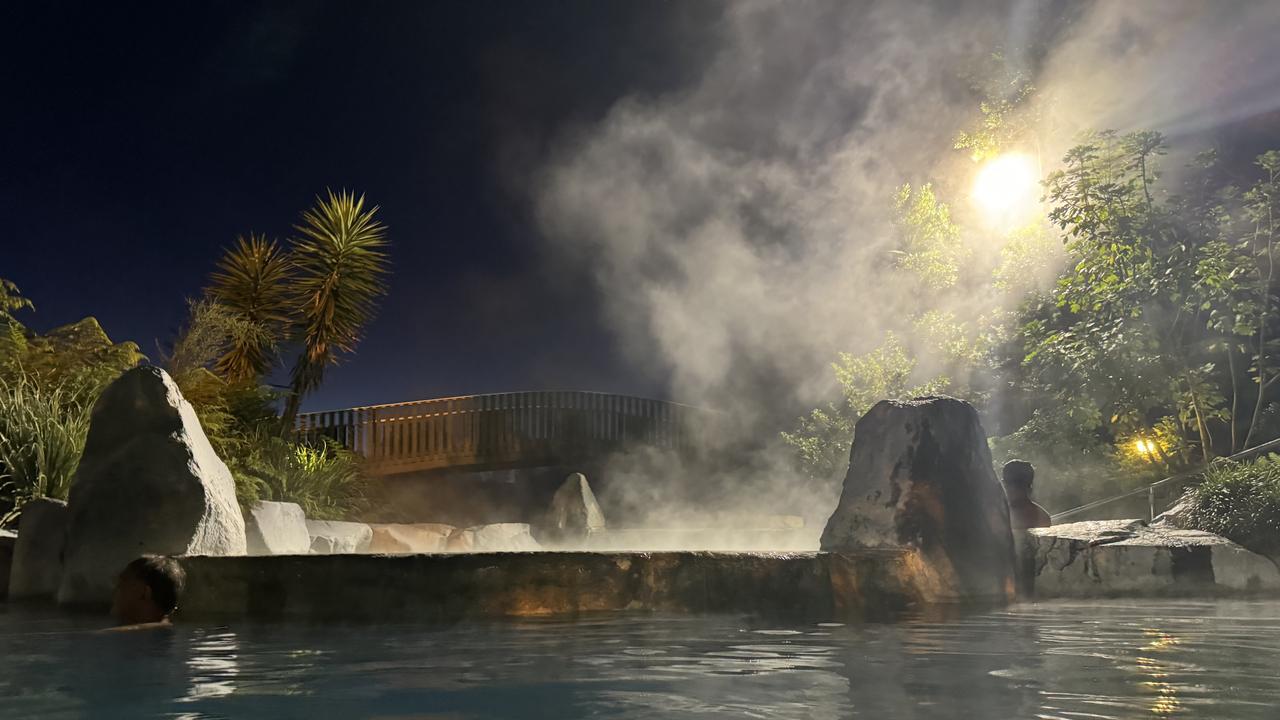
Another option is to swim, fish or spend the day on a boat on Lake TaupÅ itself.
The enormous lake is not only surrounded by picturesque views of both the town and the surrounding countryside but also the Whakapapa ski fields, Tongariro Alpine crossing and Mount Ngauruhoe – which is better known as Mount Doom in the Lord of the Rings trilogy – to the southwest.
Arguably the highlight of sailing on Lake TaupÅ has to be the MÄori rock carvings.
While the carvings aren’t ancient – they were completed over four summers in the late 1970s and completed in 1980 by traditional marae-taught carver Matahi Whakataka-Brightwell – the artwork has become a tourist draw and is only accessible by boat.
The morning I went out, it was choppy and windy on the lake but our guides Dave and Danny from TaupÅ Sailing Adventures expertly navigated the tough swell on a luxury Catamaran.
Although the MÄori rock carvings aren’t ancient, it’s a sign of just how the MÄori culture is embraced in New Zealand.
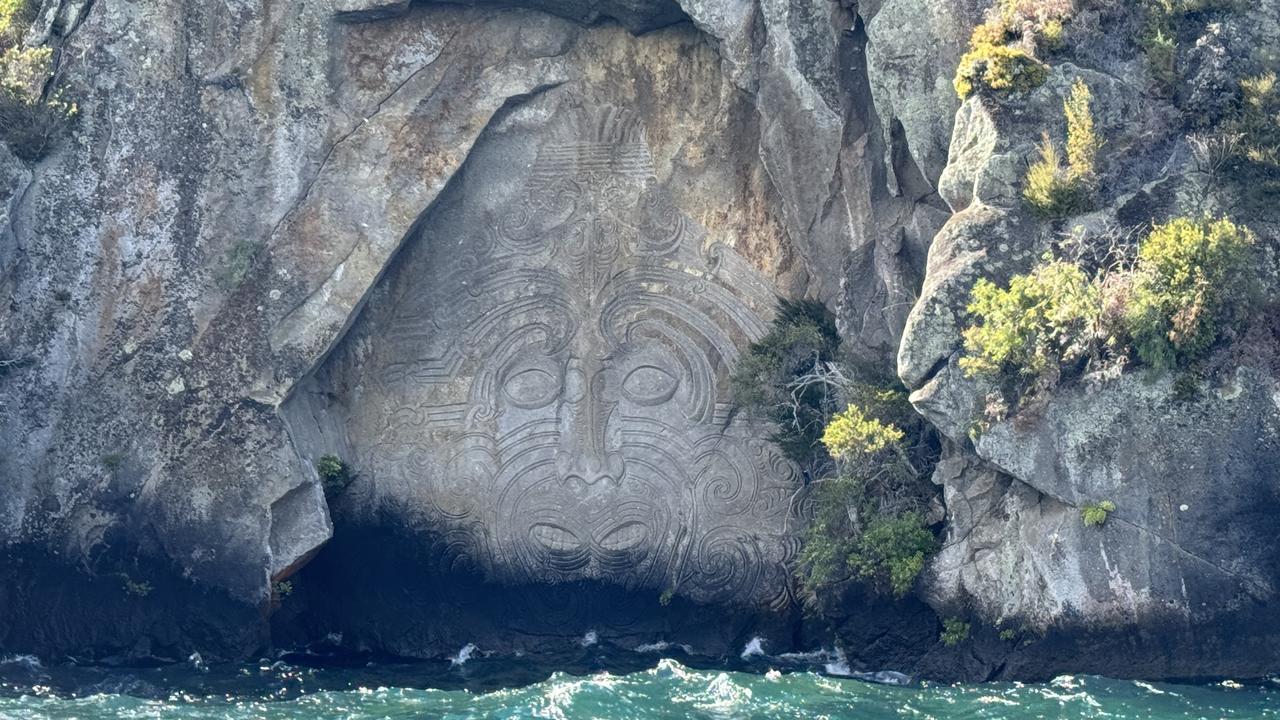
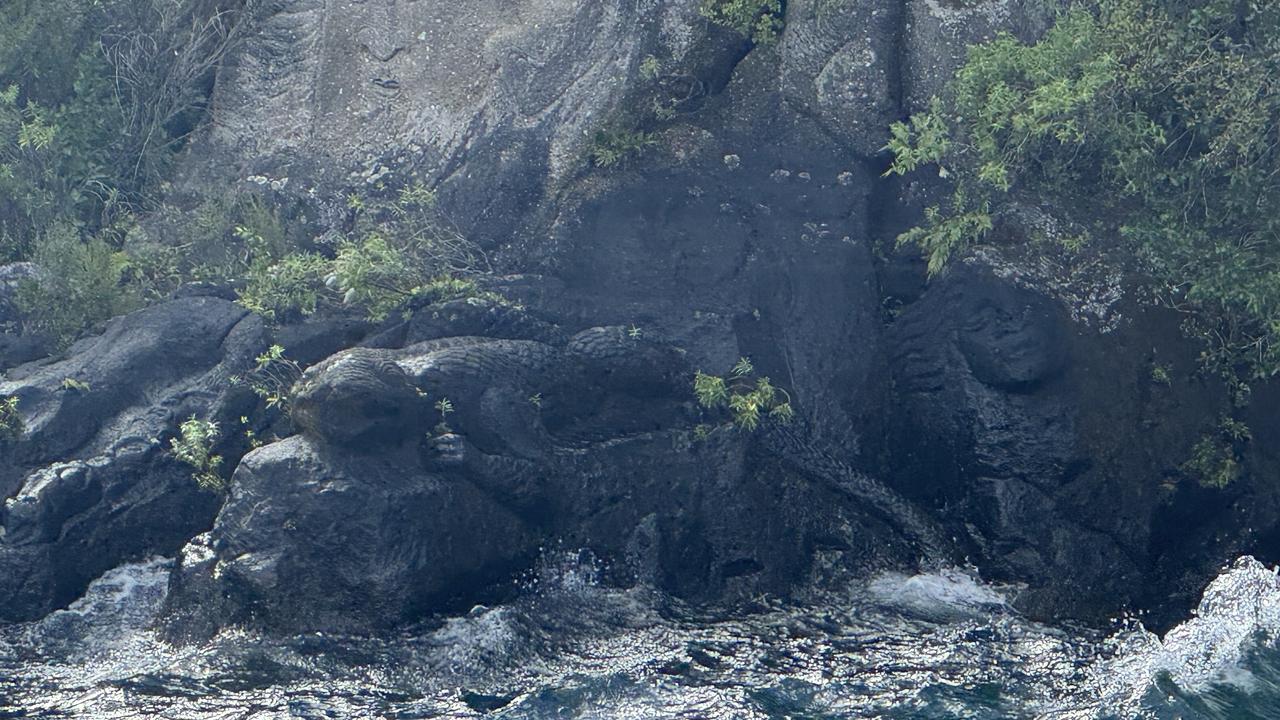
MÄori words are commonplace in New Zealand vernacular and it’s become a way of life.
But for those wanting to learn more about MÄori culture, there’s no better way than at The Haka Shop.
Our guide Snow and his WhÄnau, who are affiliated with the local NgÄti Tuwharetoa tribe, cooked a traditional hangi meal before wowing our group, which had travellers from Poland, America and Ecuador, with moving and powerful songs of their people and, of course, haka.
While I’d love to go into more detail about the night, it’s something everyone should experience for themselves as it’s not my story to tell.
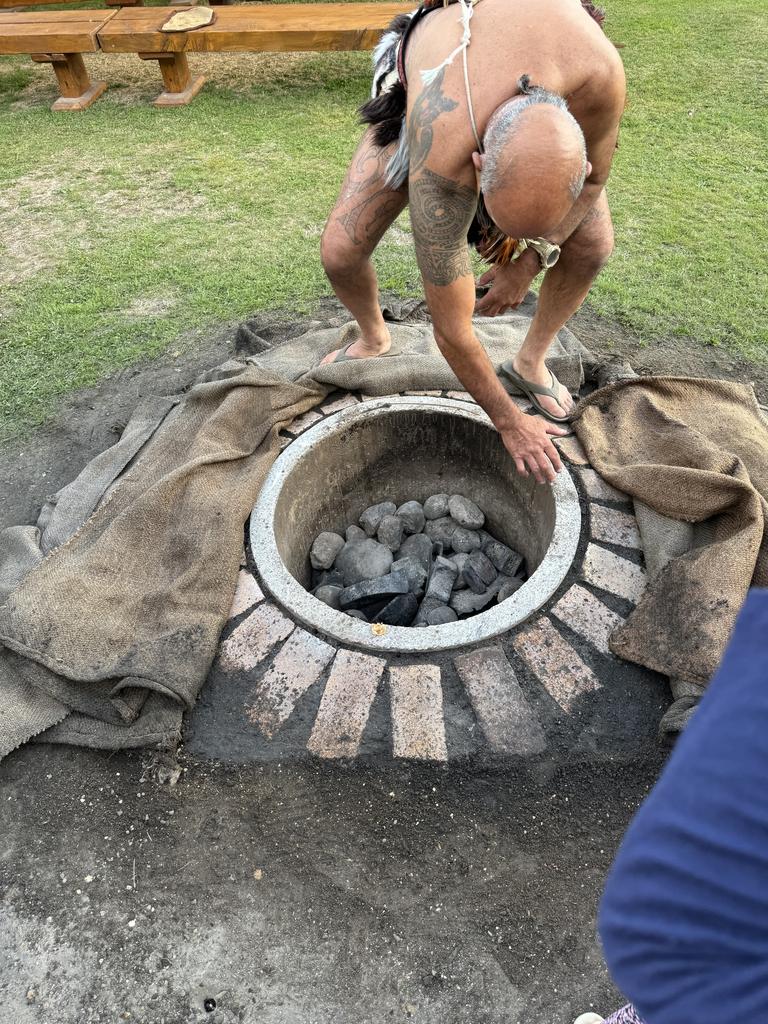
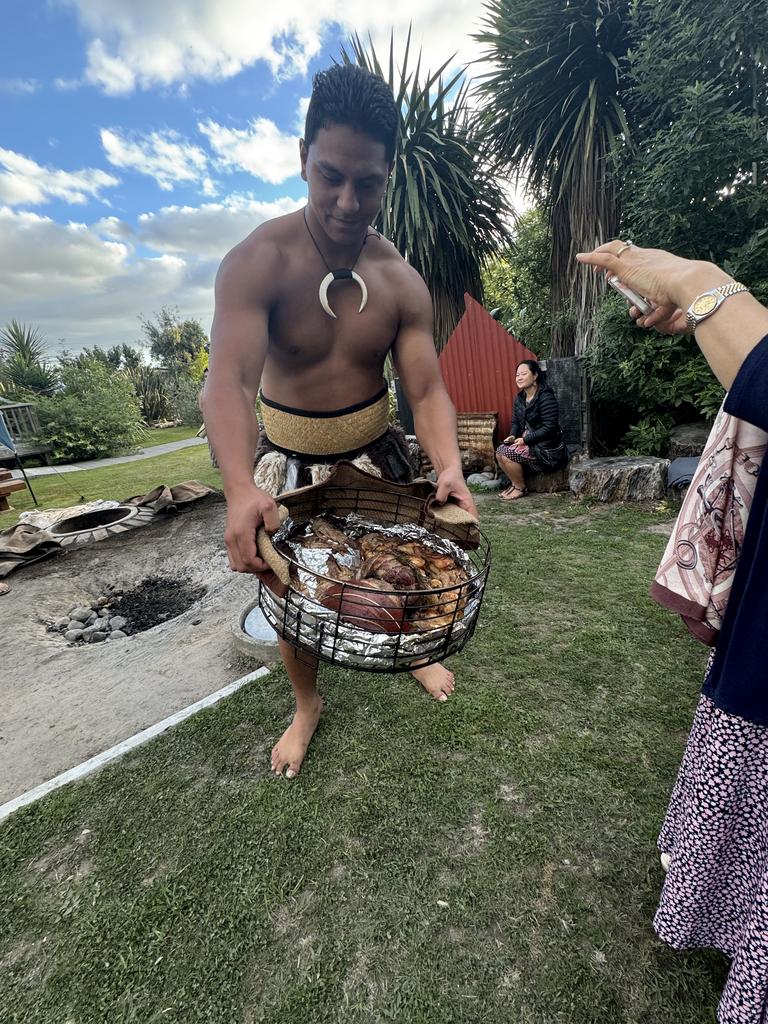
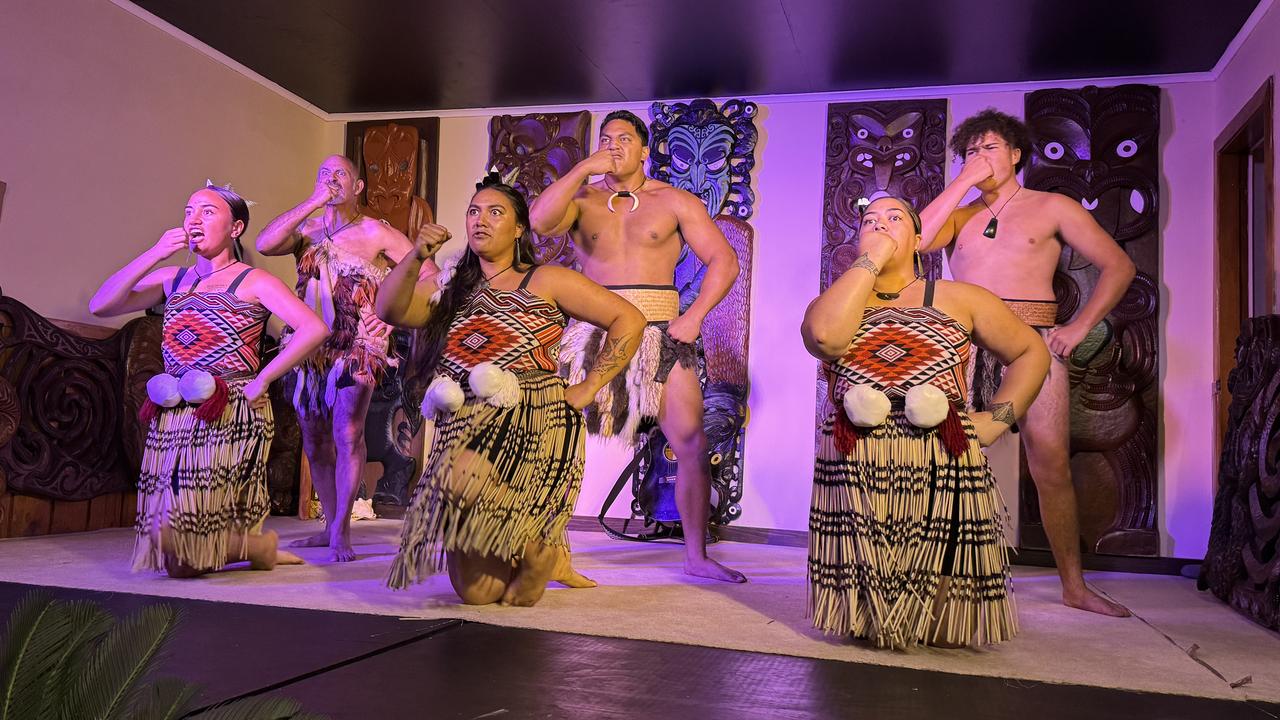
Relaxing and sightseeing isn’t the only way to holiday either and TaupÅ offers more adrenaline pumping action as well.
The stunning Huka Falls pumps out nearly a quarter of a million litres of water per second into the Waikato River, which also flows into the Ariatiatia Power Station.
While you can see the falls from lookout points, the best way to see it is up close and personal via Hukafalls Jet.
A half an hour ride along the river, travelling at speeds of 80km/h along with 360 spins is the best way to see New Zealand’s most visited natural attraction.
Some brave – or crazy – souls even kayak down the Huka Falls and surrounding rapids on the Waikato River.
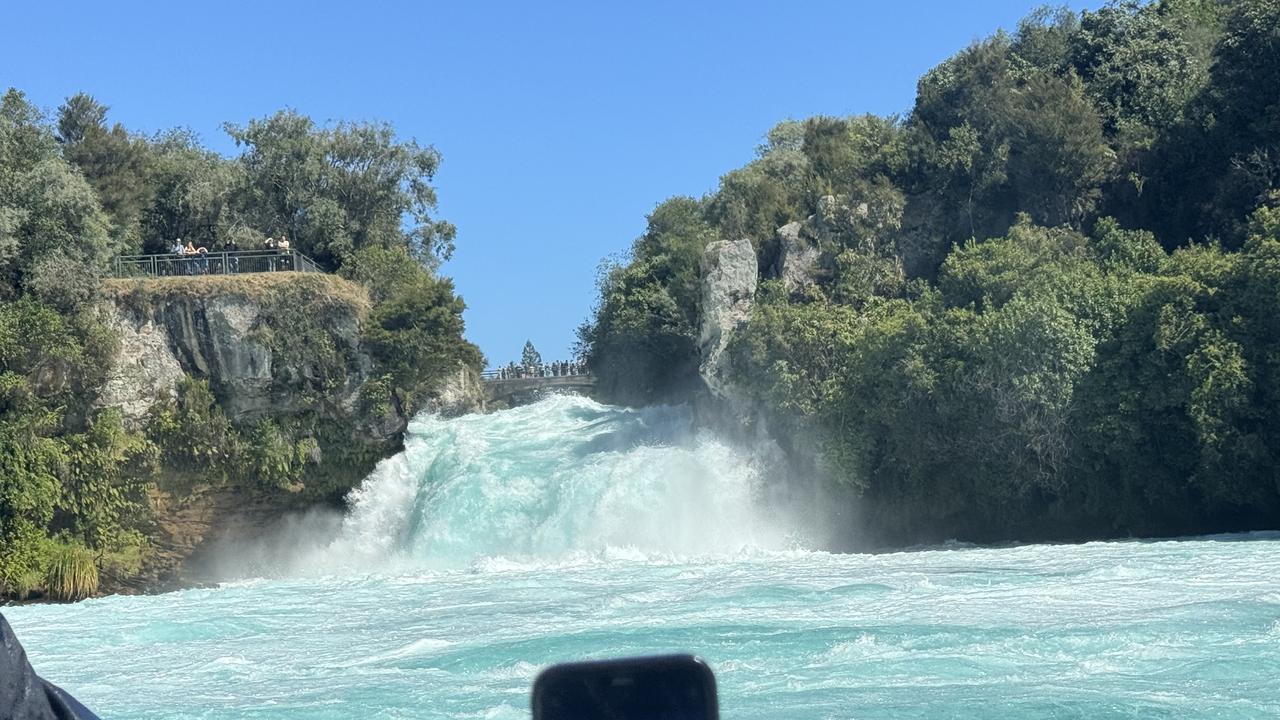
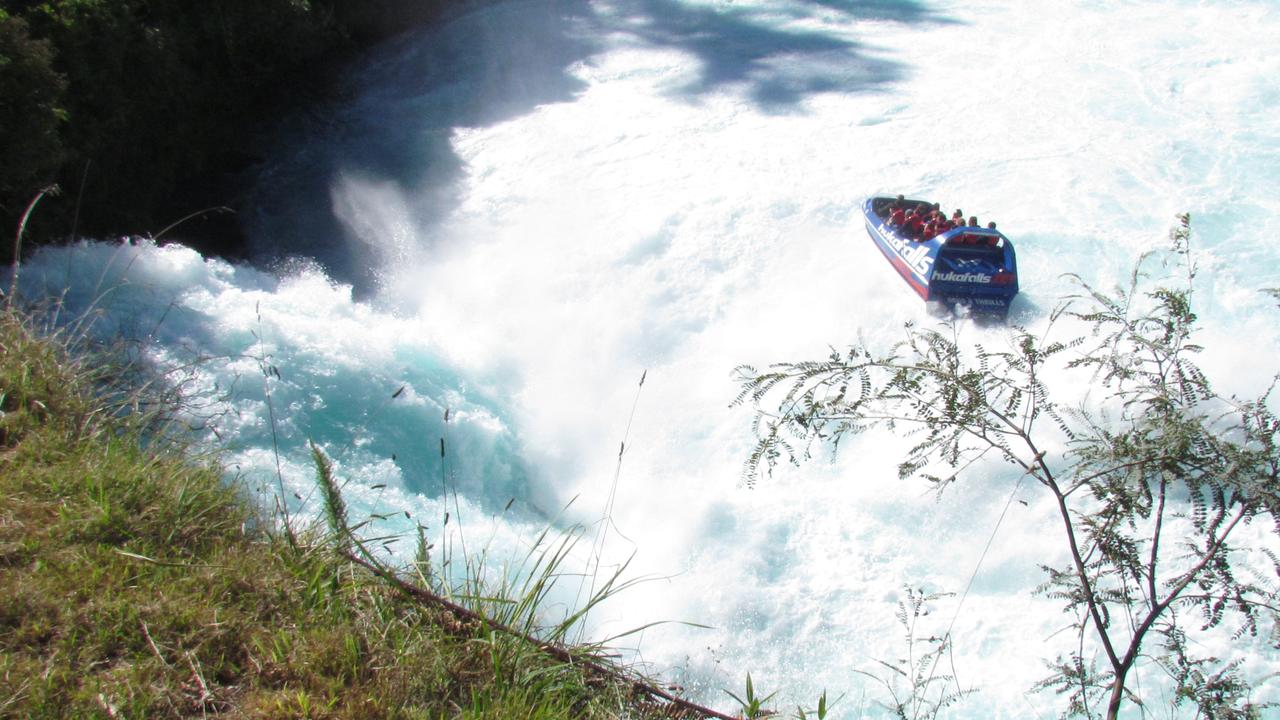
Although I didn’t get to try it out, there are also bungee and swing facilities as well as skydiving for the true adrenaline junkies.
However, I did finish off my time in the city with TaupÅ Parasail – and arguably there’s no better way of seeing the jaw-dropping beauty of this scenic oasis.
And if you want to try your luck, try to win $NZ10,000 the Lake TaupÅ Hole In One Challenge, hitting into the lake itself at a pontoon 102m out.
TairÄwhiti Gisborne: Relax in paradise
The final stop was TairÄwhiti Gisborne. While TaupÅ brings the adventure and Hawke’s Bay is the food-lover’s paradise, Gisborne is the oasis for those just wanting to relax and be close to nature.
Just over a three-hour scenic drive from Hawke’s Bay, the Gisborne district makes up the most easterly point of the main islands of New Zealand.
It’s also the first place Captain James Cook landed on mainland New Zealand in 1769.
The first landing of Cook’s men was a disaster when NgÄti Oneone leader Te Maro was shot and killed by one of Cook’s men.
Over the ensuing days, more MÄori blood was shed reportedly due to a miscommunication despite the presence of Tahitian tahua, or priest, Tupaia, who could translate between the MÄori and Europeans.
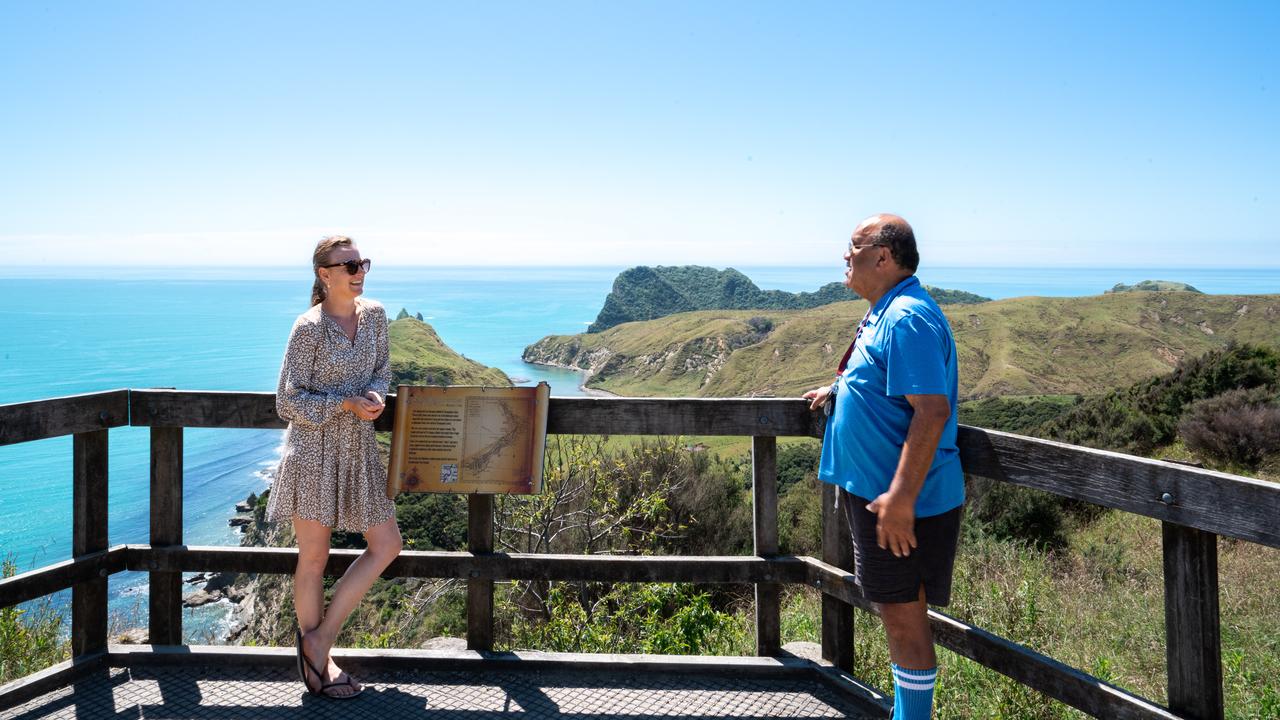
But over 50 metres around the coast to Tologa Bay, Cook and his crew met the Te Aitanga-a-Hauiti tribe, who traded with the Europeans, allowing the Endeavour crew to resupply as the groups traded, while also gifting the crew the Hinematioro pou.
Hinematioro was chief of the Te Aitanga-a-Hauiti at the time and it was believed to be so holy her feet didn’t touch the ground on the mainland.
The pou still exists over 250 years later and is in the collection of the Tübingen University Museum in Germany, but had returned in 2019 for a tour in New Zealand.
It’s since been returned to Tübingen but the museum and the Te Aitanga-a-Hauiti have formed a relationship which will see a co-curation of an exhibition in Germany.
I spent the afternoon with Jock, Tauhi and Jahvarn from Tipuna Tours learning about the history, and it really is the only way to learn about the area, asking questions and hearing directly from members of the Te Aitanga-a-Hauiti iwi directly.
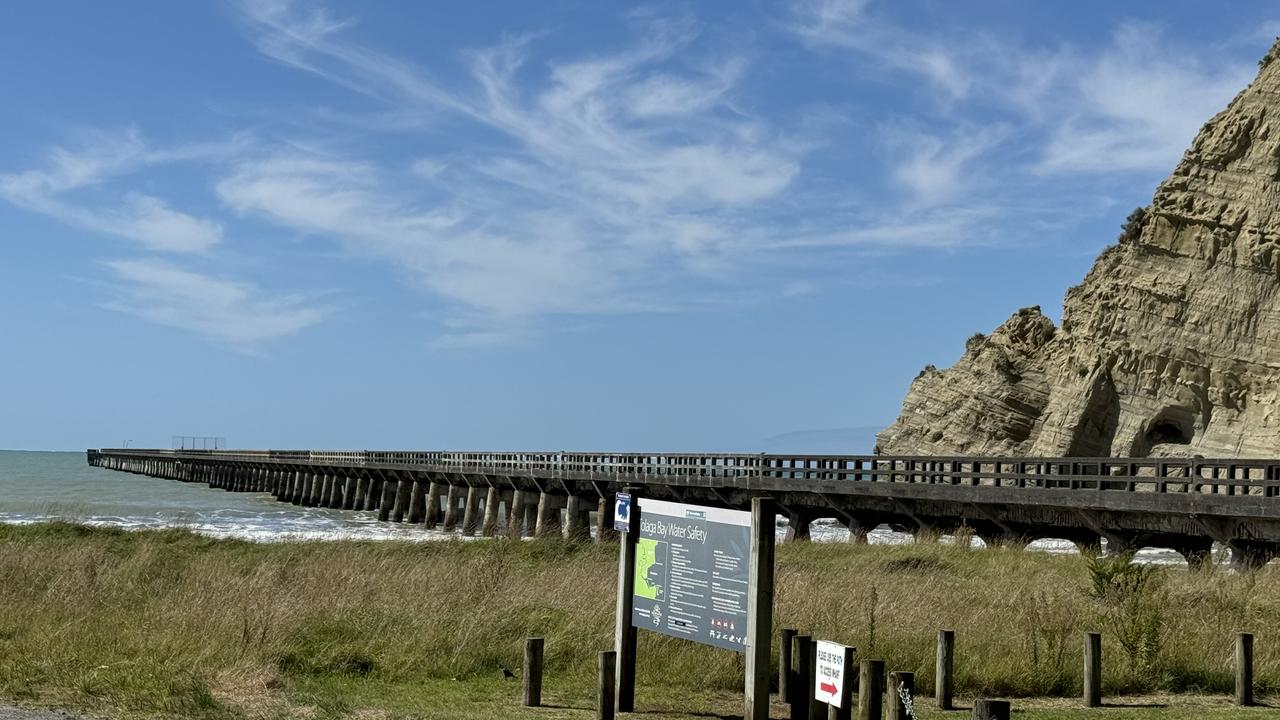
Gisborne also has so much more to offer for those who want to get close to nature.
The Eastwoodhill National Arboretum is a remarkable place which has been deemed an arboreal ark and features over 25,000 species of trees, shrubs and climber plants from around the world.
On my tour, I was shown a Wollemi pine, the Australian species that is one of the world’s oldest and rarest trees, with only 46 adult trees and 43 juveniles existing in the world.
But it’s not alone, as many of the specimens around the arboretum are rare in their homelands.


I stayed at the Tatapouri Bay Oceanside Accommodation with clear views across the Pacific Ocean to wake up with one of the first sunrises in the world.
With white sand beaches along the coast, Gisborne is a surfer’s dream.
But small towns also find ways to differentiate themselves, something that Gisborne does well.
After driving from Hawke’s Bay, the night I arrived in Gisborne, I caught a movie at the Dome Cinema in town.
In a world where cinema is trying to rebuild after Covid, the Dome Cinema offers more than just a place to watch a film, but makes it an experience.
Order a pizza and a cocktail from the bar and sit back and enjoy in comfortable bean bags – it’s the type of experience that the film industry needs to create to get people out of their homes.
Another can’t-be-missed experience is the reef ecology tour with Dive Tatapouri where you can swim, pat and feed wild stingrays and eagle rays.
While the death of Steve Irwin is a story that rings in many people’s heads when it comes to stingrays, the tour will change how you feel about the animals.

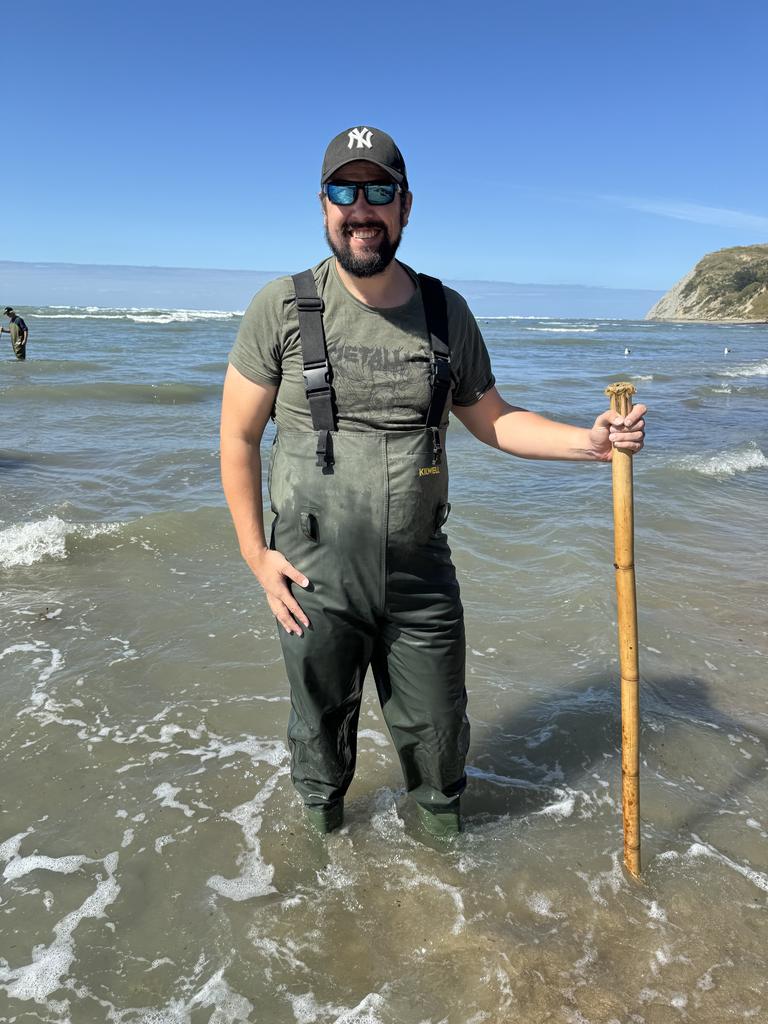

And I finished my time in New Zealand with Gisborne Railbike Adventure.
With a choice of a standard railbike or e-bike – we took an e-bike – you can take in the stunning scenery of the area, from open farmland, orange groves, green tunnels, and a 1.5km tunnel on an all-but abandoned piece of rail line along the coast of Gisborne.
While there are other options for an hour, my group went on the 32km ride over 3.5 hours, giving a taste of all Gisborne has to offer.
At the halfway point, you stop at a lookout picnic spot with jaw-dropping views of the coastline very few people get to see.
As you can tell, our neighbours have a lot to offer.
This writer travelled to New Zealand as a guest of Tourism New Zealand




